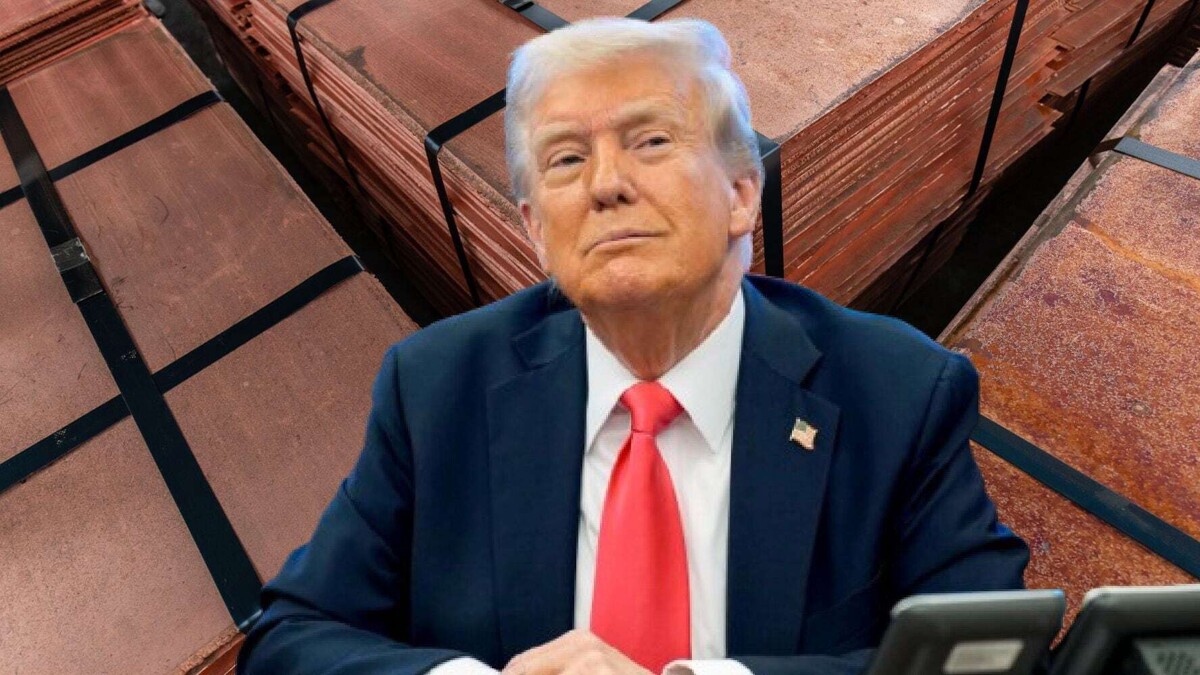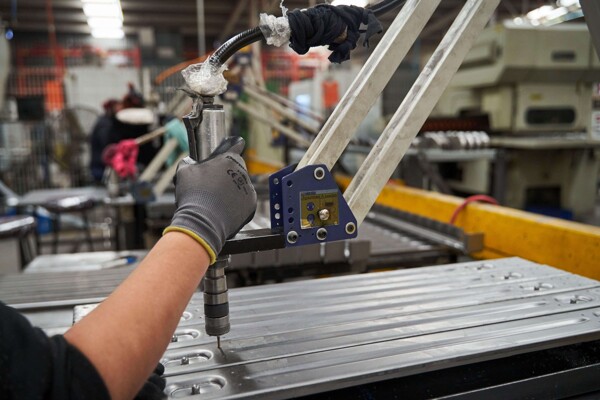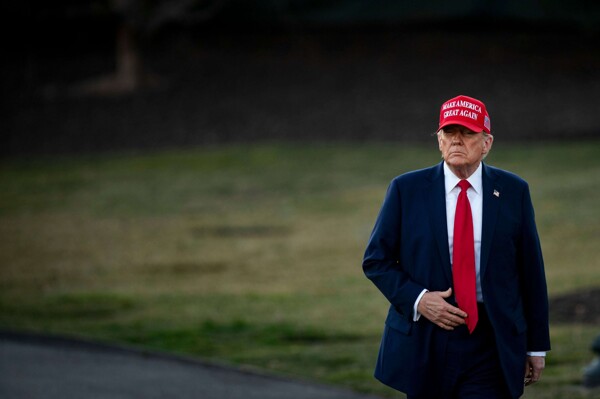
The Government of Donald Trump is considering the possibility of imposing tariffs on copper, joining the planned tariff measures for aluminum, steel, automobiles, and imports of products from Mexico, Canada, China, and Europe. The order was signed by Trump on Tuesday, February 25, granting the Department of Commerce the authority to impose tariffs, although the percentage has not yet been specified.
According to government officials, the imposition of tariffs on copper by the United States is deemed necessary to address a national security issue. Overcapacity in global markets affects domestic copper production, resulting in dependence on imports for weapons and other critical products. The percentage of the tariffs has not yet been revealed, nor whether they will be similar to the 25 percent applied to aluminum and steel.
Trump's order allows the Department of Commerce to conduct an investigation into copper under Section 232 of the Trade Expansion Act, in order to revitalize the domestic industry. The United States imports nearly 1.6 million tons of refined copper per year, despite producing 850,000 tons internally. The main copper supplying countries are Chile (38%), Canada (28%), and Mexico (8%).
The imposition of tariffs on copper could lead to a rise in prices for American consumers and surprises some, given that in his first term, Trump excluded copper from the tariffs. On the other hand, BHP Group announced an investment of $10.8 billion in Chile to upgrade a copper plant, as a precautionary measure against declining ore quality and the growing demand for the metal.














